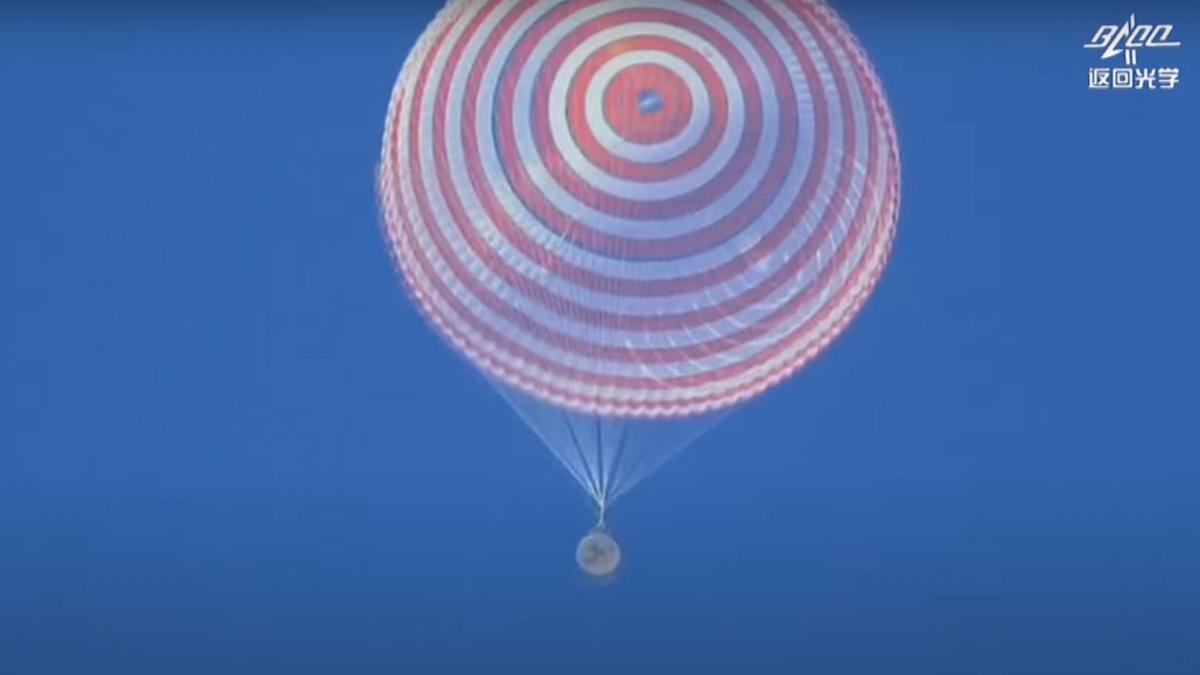Summary: Researchers shed light on how individuals with treatment-resistant depression (TRD) process emotions differently due to abnormalities in the amygdala and prefrontal cortex. By using stereotactic electroencephalography (sEEG), researchers were able to observe how these brain regions react to positive and negative stimuli, revealing a significant imbalance in emotional processing.
This imbalance is characterized by heightened responses to negative stimuli and weakened responses to positive ones. These insights could lead to more effective interventions, including targeted deep brain stimulation (DBS), which shows promise in correcting these neural discrepancies.
Key Facts:
- The study provides new insights into the emotional processing dynamics of TRD patients, highlighting increased sensitivity to negative stimuli and reduced responsiveness to positive stimuli.
- Researchers utilized sEEG to measure precise neuronal activity, offering a detailed view of how different brain areas are involved in emotional responses.
- Deep brain stimulation (DBS) was observed to modify neural responses to emotional stimuli, suggesting potential as a treatment method that could improve both positive and negative emotional processing in TRD patients.
Source: Baylor College of Medicine
One potential underlying cause of symptoms in individuals with depression is an emotion-processing bias which causes them to have a stronger response to negative information more so than positive.
While prior research has sought to further understand and treat the neural mechanisms behind these biases, many questions remain in the fight against treatment-resistant depression (TRD).
A new study led by a team of researchers at Baylor College of Medicine has recorded stereotactic electroencephalography signals (sEEG) in the amygdala and prefrontal cortex (PFC) of the brain from treatment-resistant depression patients to provide new insights into the foundational abnormalities that underlie depressive disorders.
The study is published in Nature Mental Health.
Researchers focused on two types of processing known as bottom-up and top-down. Bottom-up processing is when sensory data or information comes into the brain, leading to a meaningful interpretation. Top-down processing involves using existing knowledge and expectations to interpret incoming sensory information.
The amygdala and prefrontal cortex play key roles in threat detection and response, a process that involves bottom-up and top-down processing. A person not living with TRD is able to balance both processes for efficient emotional processing.
The study, which compared sEEG signals in the amygdala and PFC from TRD patients and epilepsy patients, noted that “the timings of activations in the amygdala and the orbitofrontal subregion of the frontal lobe, relative to positive and negative emotional stimuli, suggests that treatment-resistant depression impacts top-down and bottom-up processing causing an imbalance,” said corresponding author Dr. Kelly Bijanki, associate professor of neurosurgery.
Bijanki further explained, “In depressed patients, we see increased responsiveness to sad stimuli in the amygdala (bottom-up response to salient stimuli). We also see decreased amygdala response to happy stimuli corresponding with an increase in inhibitory activity in the orbitofrontal cortex after a processing delay (suggesting abnormal top-down processing).”
The findings of the study could not have been collected without the use of human intracranial EEG, which “provides anatomically precise information about the temporal dynamics of neuronal population activity at the millisecond scale,” noted first author Dr. Xiaoxu Fan, a postdoctoral associate in Bijanki’s lab.
“This allowed unprecedented insight into the precise neural dynamics of emotional processing and provides a nuanced view of the pathophysiological state underlying the disorder,” said Bijanki.
The group also observed that deep brain stimulation (DBS) altered the neural responses to emotional stimuli by causing a disruption in the abnormal top-down inhibition of neural responses.
“Our results show that the altered neural responses to positive information can be relieved by DBS. Additionally, DBS can change negative information processing in a different way. Thus, DBS treatment may have different effects on positive and negative emotional processing in TRD patients.”
The findings of this study leave the group optimistic about what this could mean for TRD patients.
“In the future, we hope this finding can help define the disease entity of depression, and perhaps be used as a marker of effective therapeutic response to treatment,” Bijanki said.
About this emotional processing and depression research news
Author: Graciela Gutierrez
Source: Baylor College of Medicine
Contact: Graciela Gutierrez – Baylor College of Medicine
Image: The image is credited to Neuroscience News
Original Research: Open access.
“Brain mechanisms underlying the emotion processing bias in treatment-resistant depression” by Xiaoxu Fan et al. Nature Mental Health
Abstract
Brain mechanisms underlying the emotion processing bias in treatment-resistant depression
Depression is associated with a cognitive bias towards negative information and away from positive information. This biased emotion processing may underlie core depression symptoms, including persistent feelings of sadness and a reduced capacity to experience pleasure. The neural mechanisms responsible for this biased emotion processing remain unknown.
Here we had a unique opportunity to record stereotactic electroencephalography signals in the amygdala and prefrontal cortex (PFC) from 5 patients with treatment-resistant depression (TRD) and 12 patients with epilepsy (as control) while they participated in an affective bias task in which happy and sad faces were evaluated.
First, compared with the control group, patients with TRD showed increased amygdala responses to sad faces in the early stage (around 300 ms) and decreased amygdala responses to happy faces in the late stage (around 600 ms) following the onset of faces.
Furthermore, during the late stage of happy-face processing, alpha-band activity in the PFC as well as alpha-phase locking between the amygdala and the PFC were significantly greater in patients with TRD compared with the control group. The increased amygdala activation during the early stage of sad-face processing suggests an overactive bottom-up processing system in TRD.
Meanwhile, the reduced amygdala response during the late stage of happy-face processing could be attributed to increased top-down inhibition by the PFC through alpha-band oscillation, which may be relieved following deep brain stimulation in the subcallosal cingulate and the ventral capsule/ventral striatum.

Rachel Carter is a health and wellness expert dedicated to helping readers lead healthier lives. With a background in nutrition, she offers evidence-based advice on fitness, nutrition, and mental well-being.







